THE MAGAZINE Their own words are sufficient for this section: Home Needlework is distinctly a woman's magazine, devoted exclusively to art needlework, embroidery, and lacemaking. It is an authority on home decoration, dress embroidery, and things fashionable. Each number is profusely illustrated by fine engravings and superb colored plates. (I saw no colored plates in this magazine, but since the whole thing is constantly advertising things you could send away for... sewing kits and stenciling patterns and thread... perhaps colored plates were a similar extra.) A later notice in the magazine warns unwary readers to beware "a man claiming to be an agent of the Home Needlework Company of Milwaukee, Wis., which concern he claims is a branch of our house". But he LIES! He takes money from innocent needlework lovers and then never sends them any magazines, patterns, or kits. The monster! Accept no substitutes, dear readers: "We caution all of our subscribers not to give money for HOME NEEDLEWORK patters or designs to any one. Such orders should be sent only to us at Florence, Mass." A-hem. Where was I? Oh yes, this particular issue. Page numbering starts on 193 and ends on 272. Curious about the pagination, I look at all the 1902 issues one after another, and discover that the page numbers start at one in the first issue of the year, then simply continue through the next issues instead of starting at one each time. This makes research and reference easier, since if I say something was on "page 34 of Home Needlework Magazine, 1909", at least there's only one "page 34" in the whole year. Anyway, this issue has a total of 78 pages, or 39 leaves, all stapled together with two iron staples now gone rusty and tarnishing the paper they pierce. The paper is not acid free, so it is yellowing and getting brittle. Both the front and back covers, which are a little heavier paper than the rest, have broken at the spine and fallen off. THE ADS Don'tcha hate ads? Unless they're vintage or antique ads, in which case they're interesting!
But enough about babies (and furniture treated as lovingly as a baby!)... what about The College Boy?
Postum, the drink, was popular among health nuts, and religions that forbade or discouraged caffeine use (Seventh-Day Adventism, Mormonism). Wikipedia says it's still around (or was as of 2013), but I've never seen or tried it. I wonder what it tastes like! The irony is that as obesity research continues today, a lot of people have become leary of a heavily grain-based diet, just as Post became leary of a meat-based diet and advocated for grains! The processed foods we eat now are hardly pure grain, though; modern processing and additives go a long way toward ruining any health benefits grain may have on its own. It's amazing that for all we know about the world, science, et cetera, our own bodies still mystify us! Now, how 'bout some sewing ads? Joseph Horne Co. advertises a kit: three yards of white cotton lawn, with an embroidery design and shirtwaist pattern stamped on it, so you could make it yourself. Only 60 cents! The tool on the right, below, is a graduated awl for making holes in cotton when doing eyelet embroidery. The only difference between this and any other graduated awl is the measurements on there and the little attachment that keeps you from stabbing too far through the fabric. It seems an unnecessary gadget, since most people can just poke any old awl through the fabric until the hole is "big enough" without needing help. MY OBSERVATIONS
What is an "s. c."? I don't know. The article doesn't tell me. The only picture is of the finished doily, looking a little like tenneriffe lace, but apparently made by different method. Some vocabulary choices are interesting, like "conventional” being used as an adjective for needlework designs, but not in a bad way. Apparently people wanted to be conventional? Roses, the magazine assures us, are "conventional". Butterflies are "very popular this season . . . but they are prettiest when combined with floral or conventional figures" (page 217, "Suggestions for Embroidered Waists"). "Effective" is used quite often, but I'm not sure what it's meant to convey; a stamped pattern for cutwork embroidery of trees is labeled "an effective table runner". Effective at what? Table runners have no purpose or effect... they are decorative! "Simple and Effective Embroideries for the Home" is the title of another article (page 223). Perhaps the "effect" is an emotional response in the viewer? And now, just for fun, some amusing quotes which all share two features: they come at the beginnings of articles or ads (like topic sentences or theses), and they have the tone of someone saying "of course we all know this".
(No, I don't clean that way. Yeesh!) SILK'S REPUTATION
The “Needle Helps” article on page 262 sheds light on the question: TRYING BEFORE BUYING. – It is a good plan to put a piece of silk through a series of tests before spending much money for it, or for making up, even if you have to buy an eighth of a yard to try it. (And so I learn a new [old] use of the word "sleazy"! Before continuing, read the etymology of "sleazy" to understand how it could relate to bad fabric.) Remember learning how "raw" silk has gummy sericin on it that must be washed off so the fibers can be spun and woven? Well, apparently the silk with sericin is sold by weight to the wholesalers, who then de-gum it and in the process lose a bunch of the weight they just paid for. So they try to add the weight back in before selling it on. The weighting process involves soaking the fabric in a bath of metallic salts (tin, iron, lead), which bond to the fibers and make them heavier. This makes the silk fabric have a stiffer hand and feel like it's higher quality, but eventually it degrades the fabric. The fibers "shatter" (Vintage Vixen has a nice article about shattered silk). Nowadays, if the silk has been weighted more than 10% (or 15% if it's black, though I don't know why the difference), it has to be labeled as "weighted silk". Incidentally, I have been unable to discover what kind of faux silk "Taffeta Loraine" might be. Rayon was just on the horizon (invented 1846, but not produced in the US until 1911), nylon didn't come along until 1935, and polyester wasn't invented until 1941. Maybe it was an early rayon, imported from another country, and given the name Taffeta Loraine because there was no consistent nomenclature for rayon yet. Anyway, I have more pictures, of the articles themselves, but they'll have to wait! It's time for me to put my laptop under my bed and get things accomplished!
1 Comment
The Sister
7/11/2019 06:21:10 am
Well that is all interesting! I enjoy vintage magazines, too. They amuse me. Conrad agrees that older publications expect a higher level of knowledge from their readers. He also asserts that we love you and all, but for you it’s blanket condemnation. No need to pack your baseboard toothbrush. 😂😘
Reply
Leave a Reply. |
Karen Roy
Quilting, dressmaking, and history plied with the needle... Sites I EnjoyThe Quilt Index Categories
All
Archives
March 2024
|
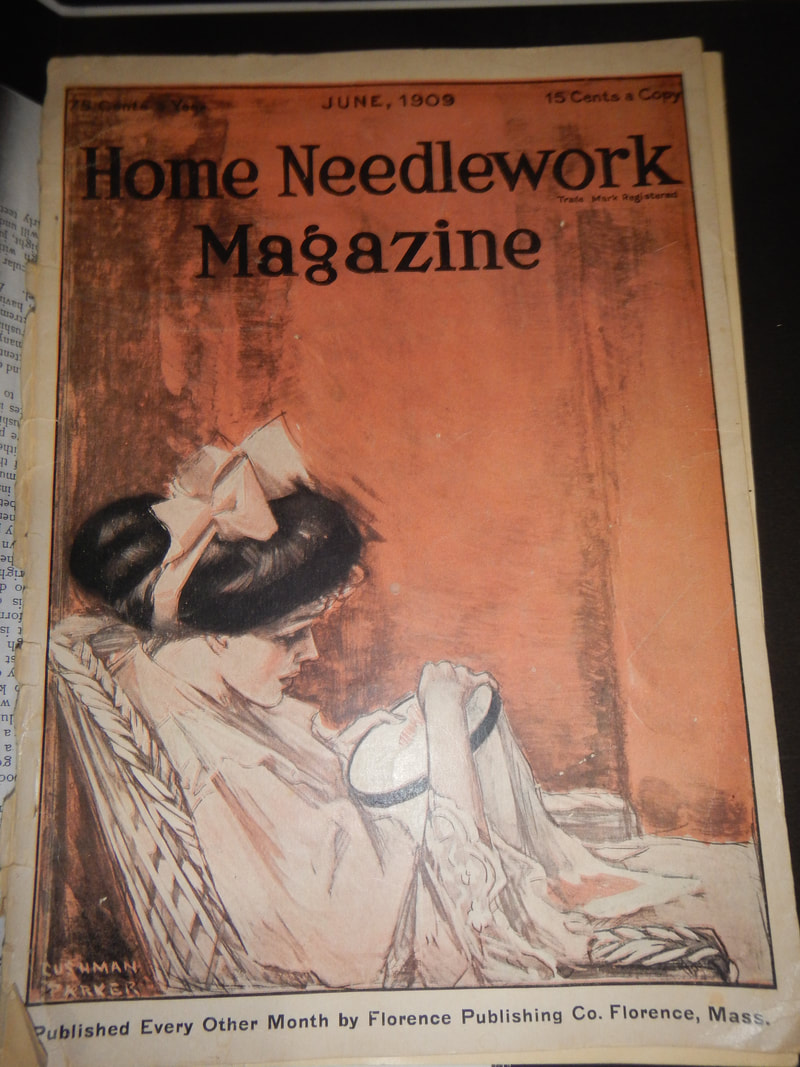
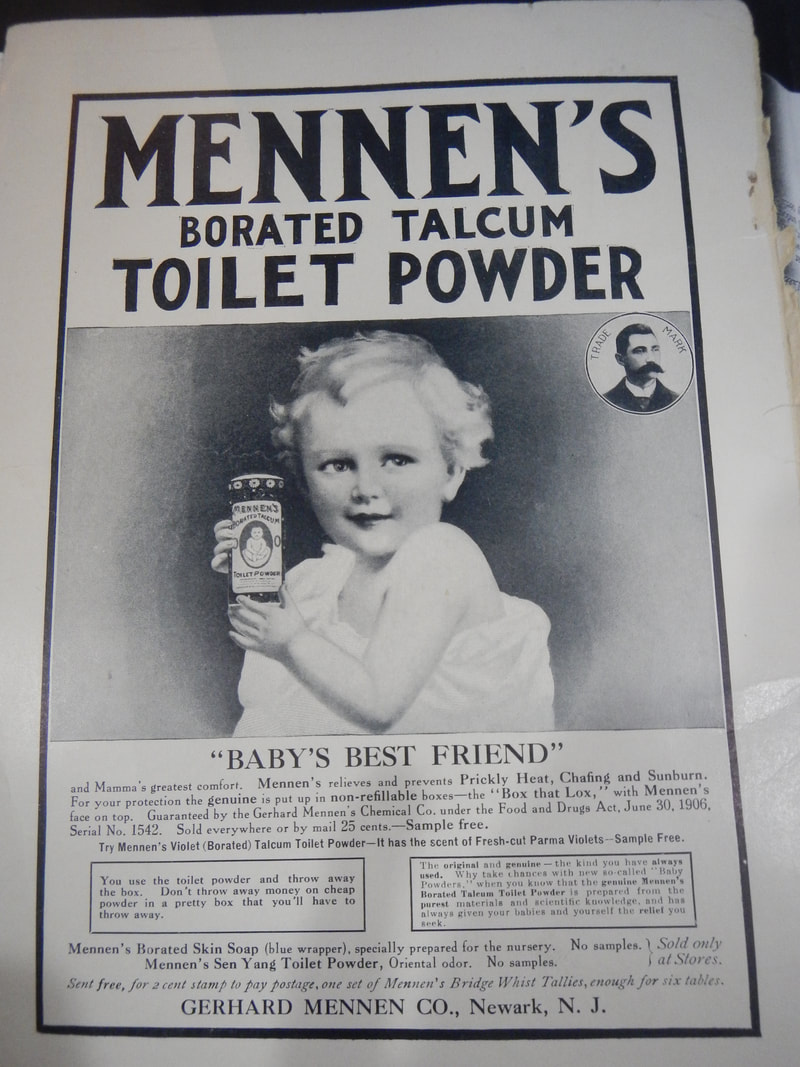
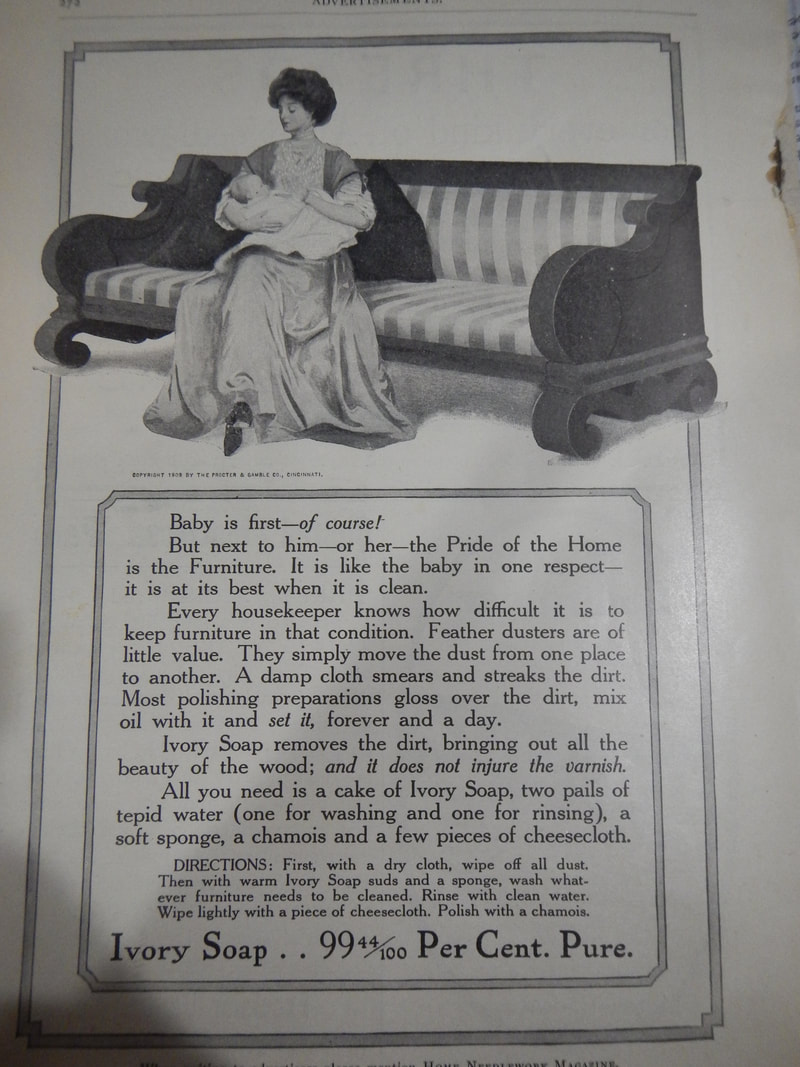
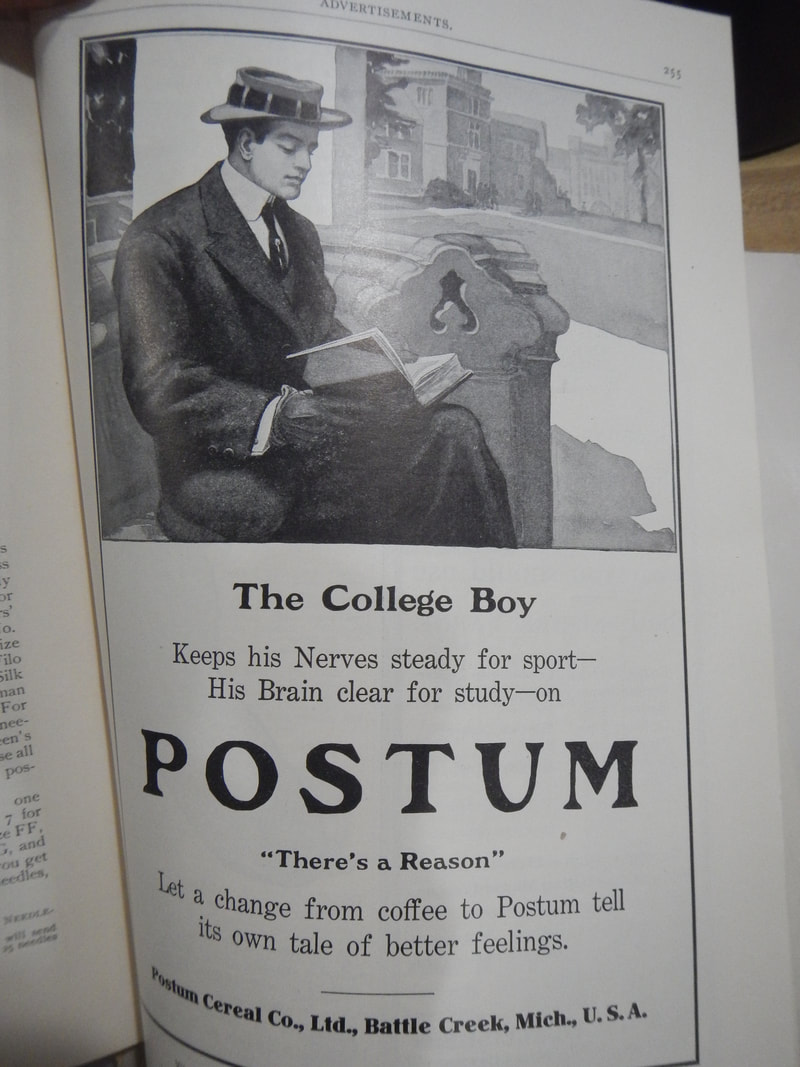
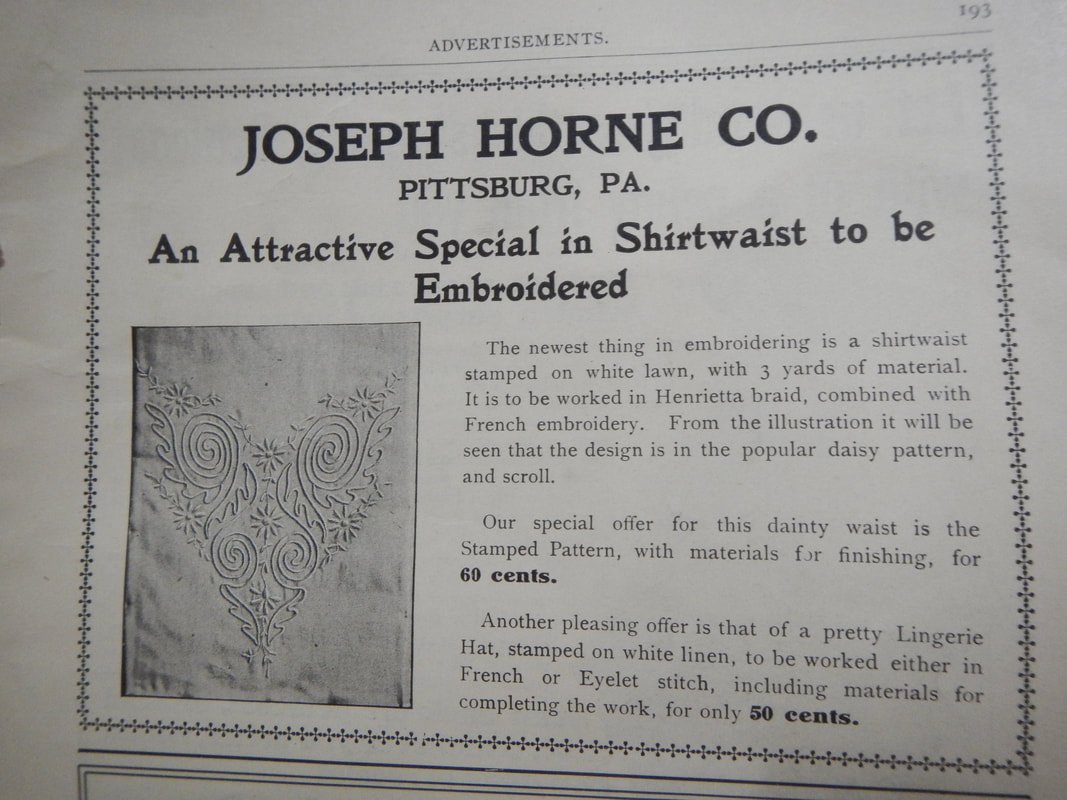
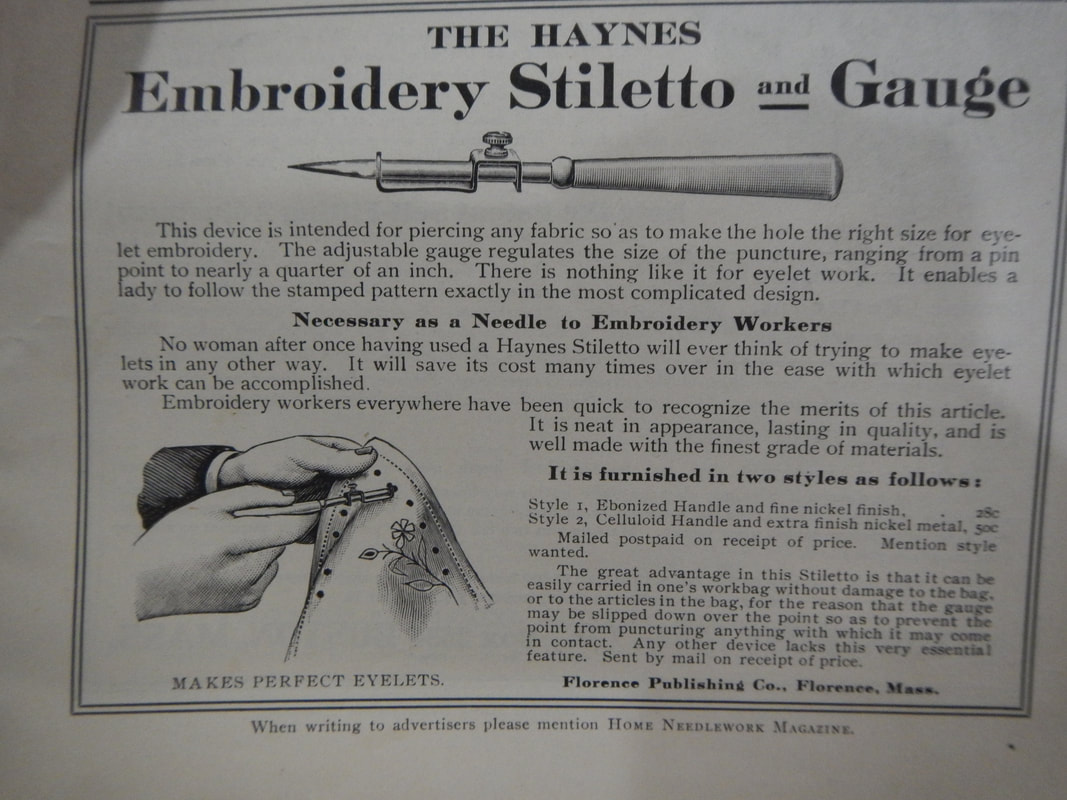
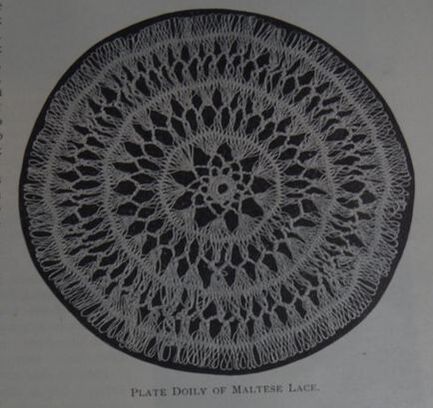
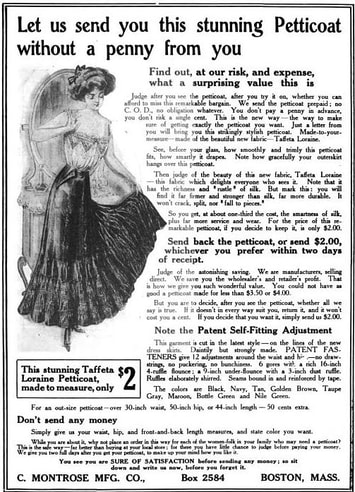
 RSS Feed
RSS Feed